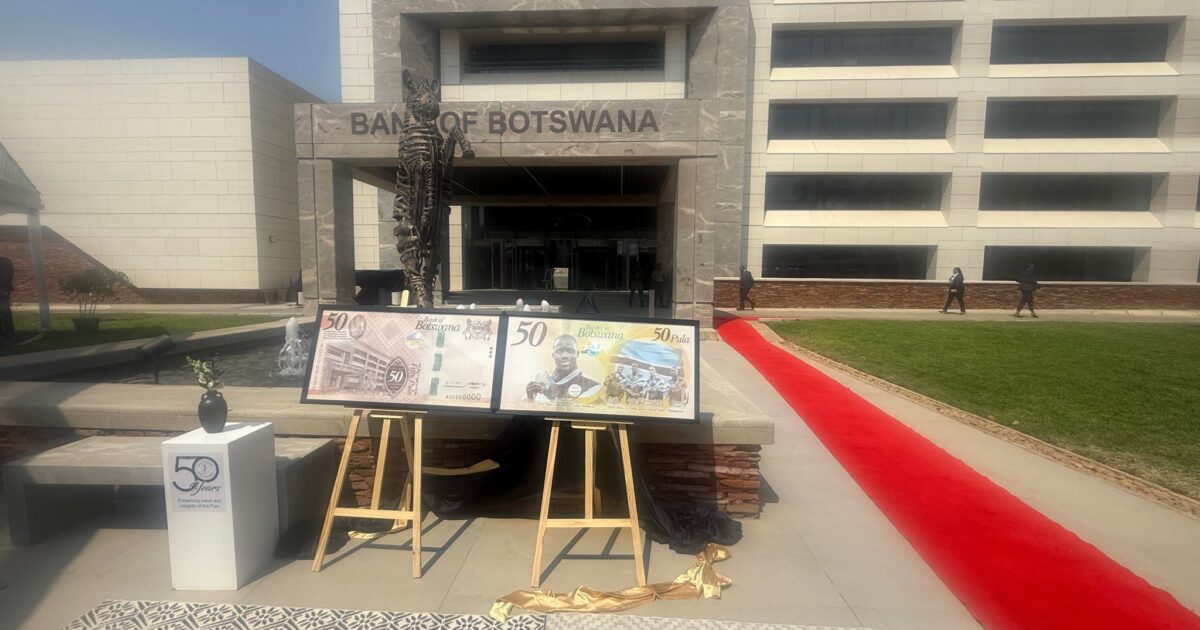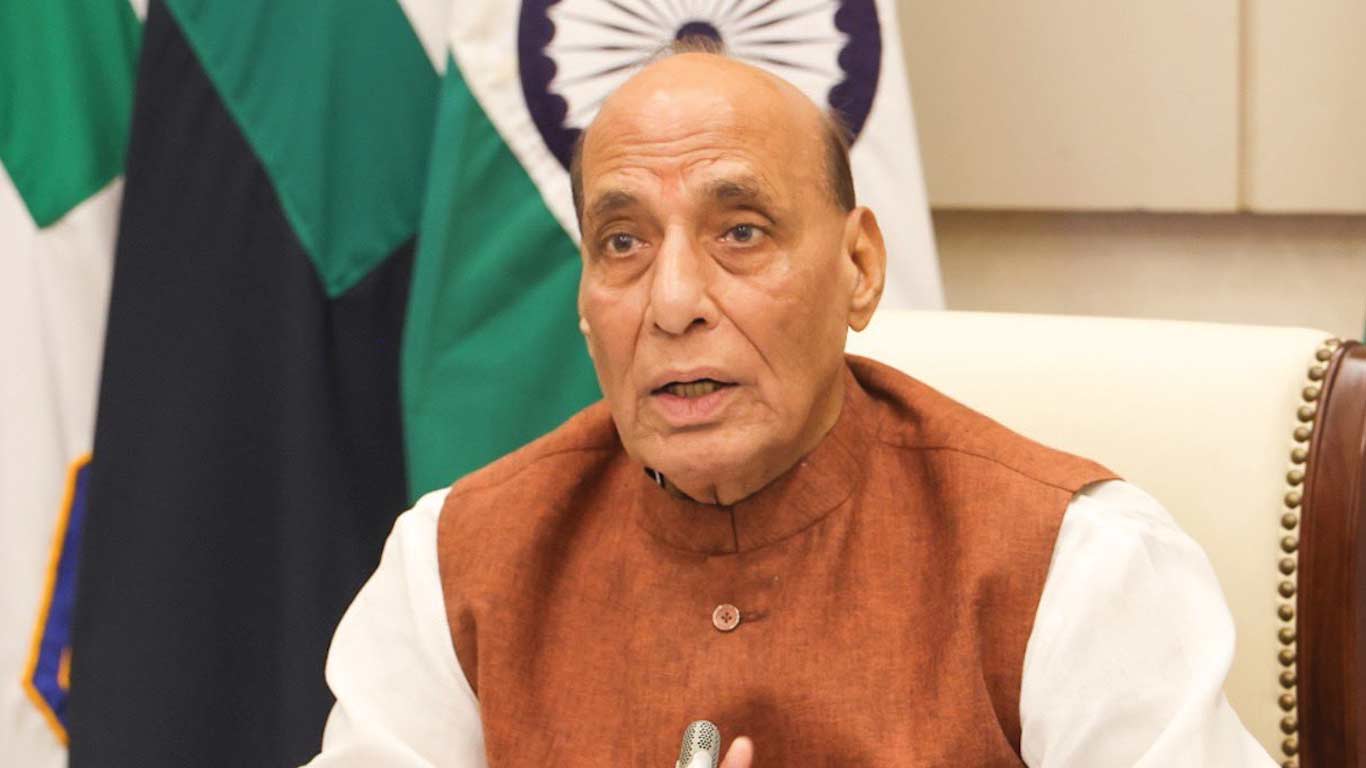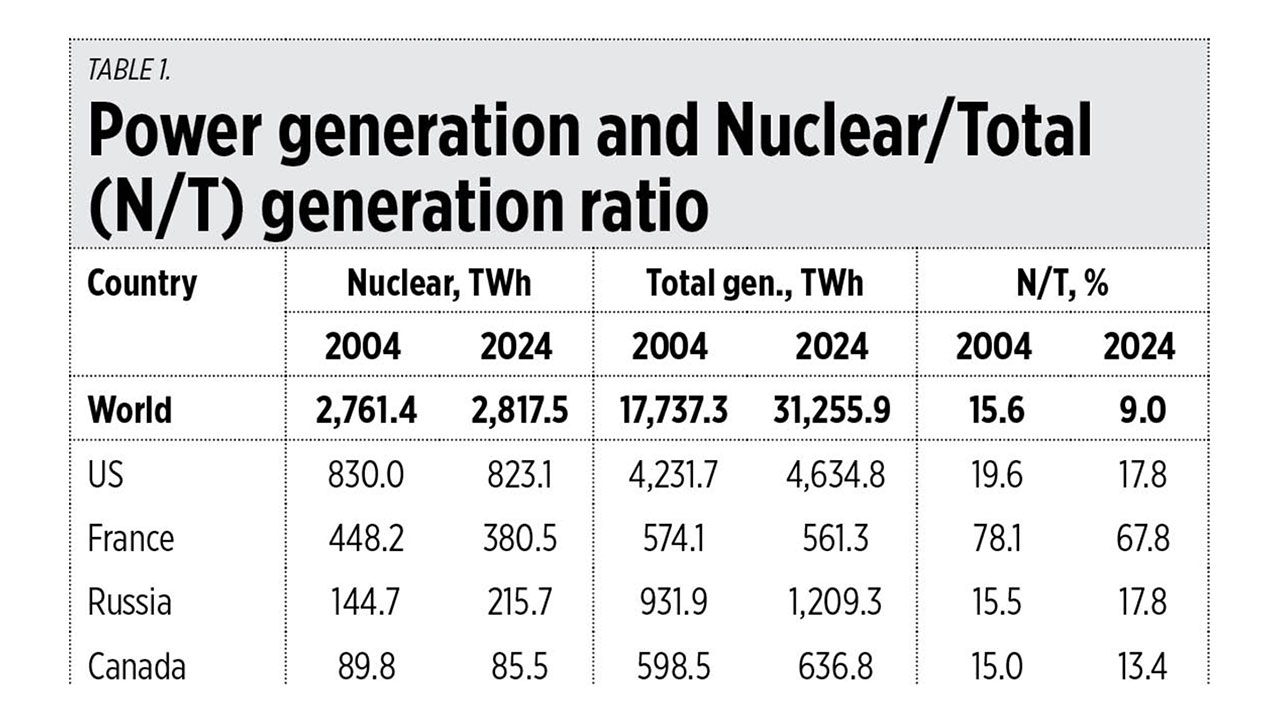By Admin,Los Angeles
Copyright thegazette

Can Letsile Tebogo’s Sprint Save the Pula? This week, the Bank of Botswana released a new P50 note to honour our golden boy, Letsile Tebogo, winner of the 200m at the 2024 Paris Olympics — Botswana’s first ever Olympic gold. The note itself is beautiful, radiant with pride, a reminder that even a small nation can leave the world gasping in awe. But what is a banknote if not a promise?
The Pula’s Fragile Foundations
A store of value, a unit of exchange, a measure of trust. As we admire Tebogo’s sprint cast in ink and watermark, another question lingers: how much will this P50 buy by the time the next Olympics arrive in Los Angeles in 2028?
In Botswana, symbolism and substance are often separated by a thin line. Nowhere is that more evident than in the fragile relationship between the pula and diamonds. For decades, our currency has run in tandem with the sparkle of stones beneath the Kalahari sands. When diamonds glitter in the global market, the pula shines. When they fade, the pula dulls.
Diamonds and the Numbers
This is not just political rhetoric. It is mathematics. Research prepared for Gaborone-based Investment House Fifth Quater tested the correlation between diamond exports and the pula’s exchange rate against the US dollar. The results produced a powerful equation:
ln(E) = 1.245 + 0.208 · ln(D)
In plain terms: for every 1% change in diamond exports, the pula moves by 0.2%. A fall in sales almost mechanically translates into a weaker currency.
The Collapse of 2024
The timing of Tebogo’s Olympic glory was bittersweet. By July 2024, diamond revenues had collapsed by nearly half compared to the previous year. Debswana reported sales down 49% in the first half alone — the steepest decline in two decades.
The model tells us what that means. A 50% fall in diamond exports implies an 11% depreciation in the pula relative to its 2023 benchmark. And indeed, the exchange rate at Paris 2024 stood at P13.6 to the dollar. A sprint not towards strength, but away from it.
Projections to Los Angeles 2028
What if things carry on “business as usual”? What if the diamond slump lingers at the pace seen between 2023 and 2024? The mathematics is merciless. If revenues continue to contract by about 25% each year — the annualised pace of the 2023–24 collapse — then by 2028 the diamond trade will have shrunk to only a fraction, roughly 15 percent, of its 2023 levels.
The elasticity model suggests that such a decline would push the pula down by nearly 40 percent, dragging the exchange rate from P13.6 to the dollar in mid-2024 to about P18.8 by 2028. In real terms, the triumphant P50 note minted in 2024 would carry only the purchasing power of P75 four years later.
The picture is vivid: while Tebogo surges forward on the Olympic track, the economy risks stumbling behind. Diamonds fall like exhausted runners, and the pula struggles to keep pace, shedding a third of its strength.
Beyond Diamonds: The Real Race
So what are we to do? Celebrate our champion, yes. Treasure the P50, yes. But let us also confront the deeper truth: Botswana cannot sprint forever on one leg called diamonds. Without diversification, resilience, and new pillars of growth, the pula will limp.
No ambassadorial campaign, however dazzling, can reverse the physics of elasticity. The challenge is to apply Tebogo’s lesson: discipline, training, and courage to run new races. Botswana must channel that spirit into green energy projects that position the country as a regional leader in the carbon economy. It must cultivate smart agriculture to cut import dependence and guard against drought. It must grow digital services that allow the nation to export ideas and skills rather than just minerals. And it must deepen regional integration so that goods, services and opportunities flow as freely as the pride that swelled in Paris.
The Baton Pass
The symbolism is powerful. Tebogo showed us what it means to train relentlessly, to believe against the odds, to sprint past giants and raise our flag above the world. The Bank of Botswana has captured that moment on the P50 note.
But symbolism must pass the baton to substance. By Los Angeles 2028, mathematics predicts that unless we change course, the pula will have lost a third of its worth, and our diamonds will be shadows of their former glory.
The question is not whether Tebogo can sprint again — we know he can. The question is whether Botswana’s economy can learn to sprint beyond diamonds.



